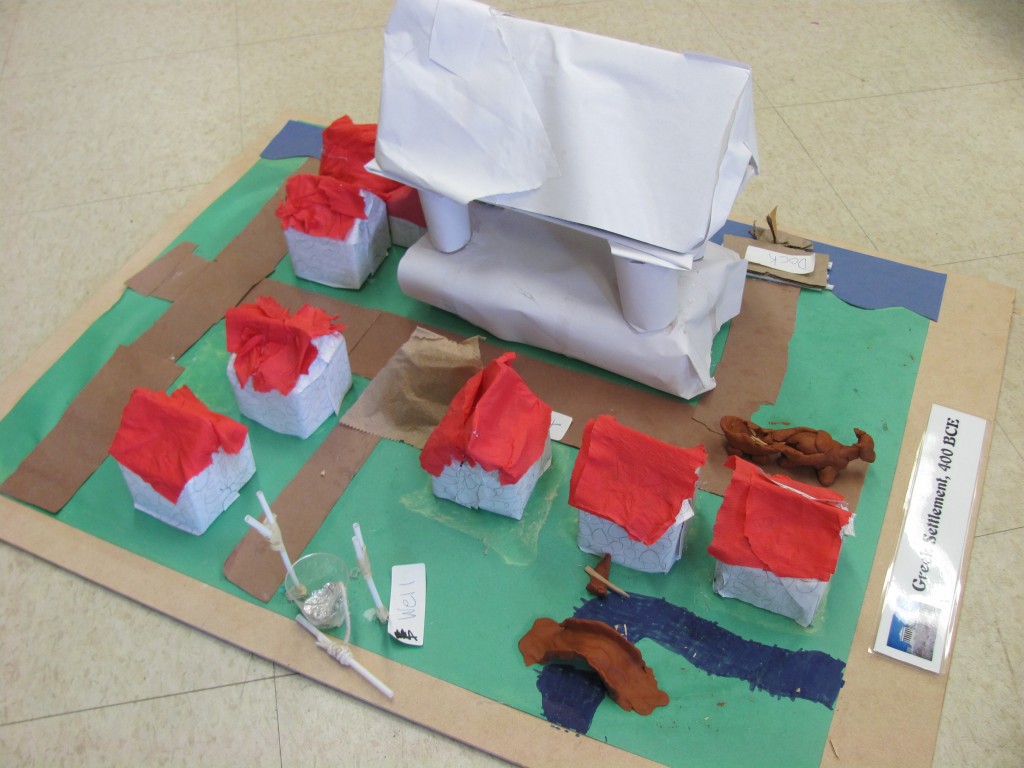This year, in accordance with Simcoe County District School Board policy, students in our class will be assigned homework that falls under four categories:
- Completion: any work assigned during the school day not completed in class;
- Practice: any work that reinforces skills and concepts taught in class;
- Preparation: any work that prepares students for upcoming lessons or classes;
- Extension: any work that explores and refines learning in new contexts or integrates and expands on classroom learning.
 Under the category of "practice," students are expected to read at home for at least 20 minutes per day. Students are asked to complete a log sheet for four nights of reading each week, and have a parent initial the sheet to verify that at least 20 minutes of reading took place.
Under the category of "practice," students are expected to read at home for at least 20 minutes per day. Students are asked to complete a log sheet for four nights of reading each week, and have a parent initial the sheet to verify that at least 20 minutes of reading took place.
 Also under the category of "practice," students are expected to complete 3-4 sheets of math review homework every other week. This work is part of our class' small group "Guided Math" program. The resource for Guided Math is Dr. Marion Small's Leaps and Bounds: Toward Math Understanding for Grades 5/6. At the beginning of each topic in our regular Grade 5 and 6 math program, students will be asked to complete a diagnostic test assessing how well they remember the math concepts they learned in prior grades. Guided Math groups, geared at reviewing earlier math concepts, will be created based on the results of each diagnostic test. Guided Math groups meet with the teacher once a week, during an extra math period. Students who don't understand how to complete the math homework may bring it back to class and receive additional tutoring during nutrition breaks or recess. Review, through small group Guided Math and Guided Math homework, will make it easier for each student to build upon his/her knowledge during our regular Grade 5 and 6 math program.
Also under the category of "practice," students are expected to complete 3-4 sheets of math review homework every other week. This work is part of our class' small group "Guided Math" program. The resource for Guided Math is Dr. Marion Small's Leaps and Bounds: Toward Math Understanding for Grades 5/6. At the beginning of each topic in our regular Grade 5 and 6 math program, students will be asked to complete a diagnostic test assessing how well they remember the math concepts they learned in prior grades. Guided Math groups, geared at reviewing earlier math concepts, will be created based on the results of each diagnostic test. Guided Math groups meet with the teacher once a week, during an extra math period. Students who don't understand how to complete the math homework may bring it back to class and receive additional tutoring during nutrition breaks or recess. Review, through small group Guided Math and Guided Math homework, will make it easier for each student to build upon his/her knowledge during our regular Grade 5 and 6 math program.
In addition to the above, at times students will be expected to study at home prior to taking tests. Unfinished work and occasional home projects may also be assigned as homework throughout the school year.
This is a homework resource for parents, provided by the Simcoe County District School Board:
Bringing School Home: How can I help my children with their homework?
Click on the link below if your child needs to print an extra copy of the Weekly Reading Log sheet:
SummaryReadingLogHomework
For information about the other elements of our math program, see the math program overview published to this BLOG last school year.
Thank you for visiting the class, via our BLOG. If you have any questions or comments, feel free to e-mail me: mblack@mail1.scdsb.on.ca or to add a comment to this page.
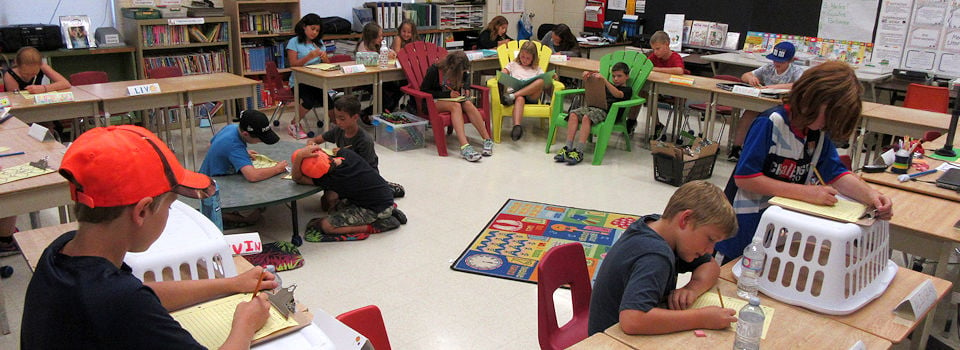


















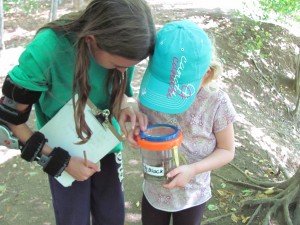


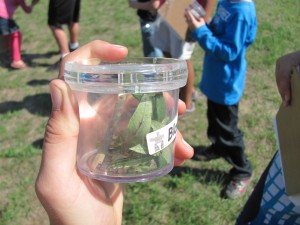
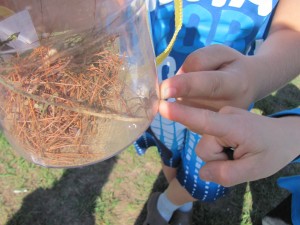




















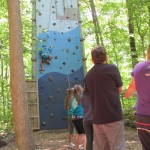



































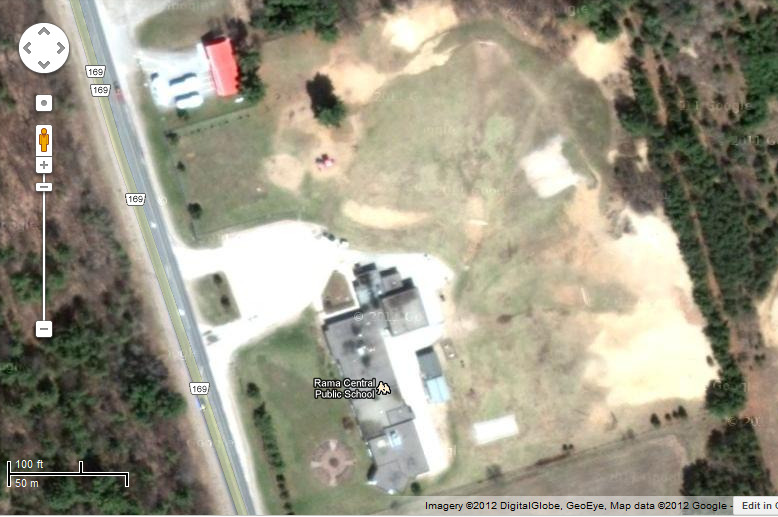
 A large component of our biodiversity study is field work. In our outdoor sessions, we are studying the biodiversity that exists in four different biomes within our schoolyard. We are then researching how the organisms that live in our schoolyard and local area interact with and depend upon each other for survival.
A large component of our biodiversity study is field work. In our outdoor sessions, we are studying the biodiversity that exists in four different biomes within our schoolyard. We are then researching how the organisms that live in our schoolyard and local area interact with and depend upon each other for survival. in our class who conform to the rules about proper use of equipment and respect for living things are welcome to use our nets and bug keepers at recess. Students are also invited to bring specimens from home or the yard into class for further study. These "classroom guests" must be housed in secure, humane enclosures and (in most cases) be released where they were found the same day they were captured.
in our class who conform to the rules about proper use of equipment and respect for living things are welcome to use our nets and bug keepers at recess. Students are also invited to bring specimens from home or the yard into class for further study. These "classroom guests" must be housed in secure, humane enclosures and (in most cases) be released where they were found the same day they were captured.



























